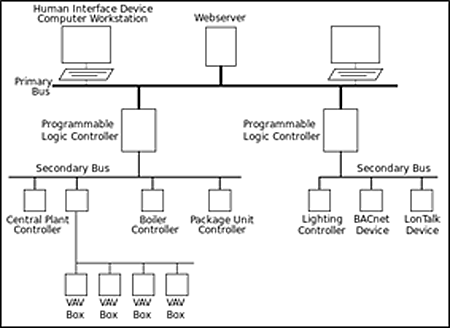Njta Manual For Traffic Control In Work Zones In Kitchen


Rest areas are common in the United States, Canada, Australia, and parts of Europe, Africa, and Asia. The most basic rest areas. Until the release of the 2000 edition of the Manual on Uniform Traffic Control Devices, these signs were only allowed on rural highways. 'NJTA – Service Area Listing'. The Addx Team meets these needs and is the trusted advisor for this task and future related work to be a part of the. NJTA, Design Services NJ Turnpike Northern Bridge Deck Repairs and Resurfacing2005, 200. Cost estimates, updating SI&A, and supervising underwater inspection, traffic control operations as well as.
Rest area on northbound at milepost 262 in, A rest area, travel plaza, rest stop, or service area is a public facility, located next to a large thoroughfare such as a,, or at which drivers and passengers can rest, eat, or refuel without exiting onto secondary roads. Other names include, service station, rest and service area ( RSA), resto, service plaza, and service centre. Facilities may include -like areas,,,, and for. A rest area or rest stop with limited or no public facility is a parking area or scenic area. Xtouch X704 Usb Driver Download. Along some highways and roads are rest stops known as a wayside parks,, or picnic areas.
Rest areas are common in the,,, and parts of,, and. The most basic rest areas have no facilities: they consist solely of an exit from the highway that leads to a roadway with paved shoulders, where drivers can rest, look at their maps, or use cell phones. Contents • • • • • • • • • • • • • • • • • • • • • • • • • • Overview [ ] The standards and upkeep of rest areas facilities vary. Rest areas also have areas allotted for, (big rigs), and. Many government-run rest areas tend to be located in remote and areas where there are practically no or full-service, gas stations, motels, and other traveler services nearby.
The locations of rest areas are usually marked by signs on the highway; for example, a sign may read, 'Next Rest Area 45 miles' or 'Next Rest Stop 10 km.' Driving information is usually available at these locations, such as posted and other local information, along with, some rest areas have visitor information centers or or stations with staff on duty.
There might also be,, pay, a, a, or a at a rest area. Some rest areas provide free coffee for travelers which is paid for by traveler donations and/or donations from local businesses, civic groups and churches, some states provide access at their state-owned rest areas or are considering doing so, including California, Oregon, Washington, Texas & Florida among others. Many rest areas have areas. Rest areas tend to have traveler information in the form of so-called 'exit guides', which often contain very basic maps and advertisements for and. Privatized commercial rest areas may take a form of a complete with a,, and recreation center, facilities, and,, or all under one roof immediately adjacent to the freeway. Some even offer business services, such as, machines, office, and access.
Safety issues [ ] Some rest areas have the reputations of being unsafe with regard to crime, especially at night, since they are usually situated in remote or rural areas. California's current policy is to maintain existing public rest areas, but no longer build new ones due to the cost and difficulty of keeping them safe, although many California rest stops now feature quarters, some of this reputation may be exaggerated, since the advent of lighting and security cameras in rest stops. Nonetheless, many rest stops continue to warn of theft, and advise those who park to keep doors locked (despite the fact that camping is now disallowed in some rest stops). North America [ ] United States [ ].
Caltrans rest area on northbound in, 12 miles north of the /I-5 junction In the United States, rest areas are typically non-commercial facilities that provide, at a minimum, parking and restrooms, some may have information kiosks, vending machines, and picnic areas, but little else, while some have 'dump' facilities, where may empty their sewage holding tanks. They are maintained and funded by the of the, for example, rest areas in are maintained. In 2008, state governments began to close some rest areas as a result of the.
Some places, such as, have laws that explicitly prohibit private retailers from occupying rest stops. A federal statute passed by Congress also prohibits states from allowing private businesses to occupy rest areas along, the relevant clause of 23 § 111 states: The State will not permit automotive service stations or other commercial establishments for serving motor vehicle users to be constructed or located on the of the Interstate System.